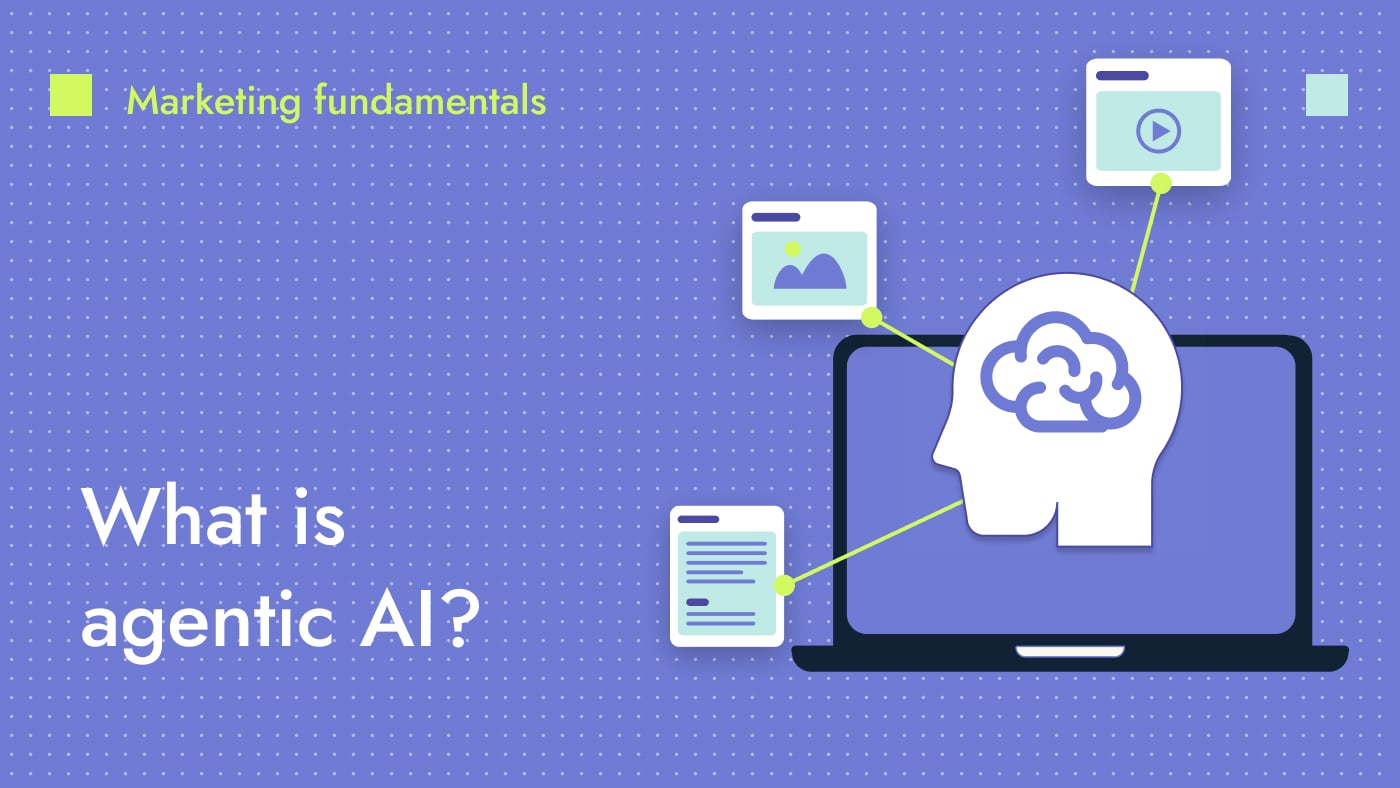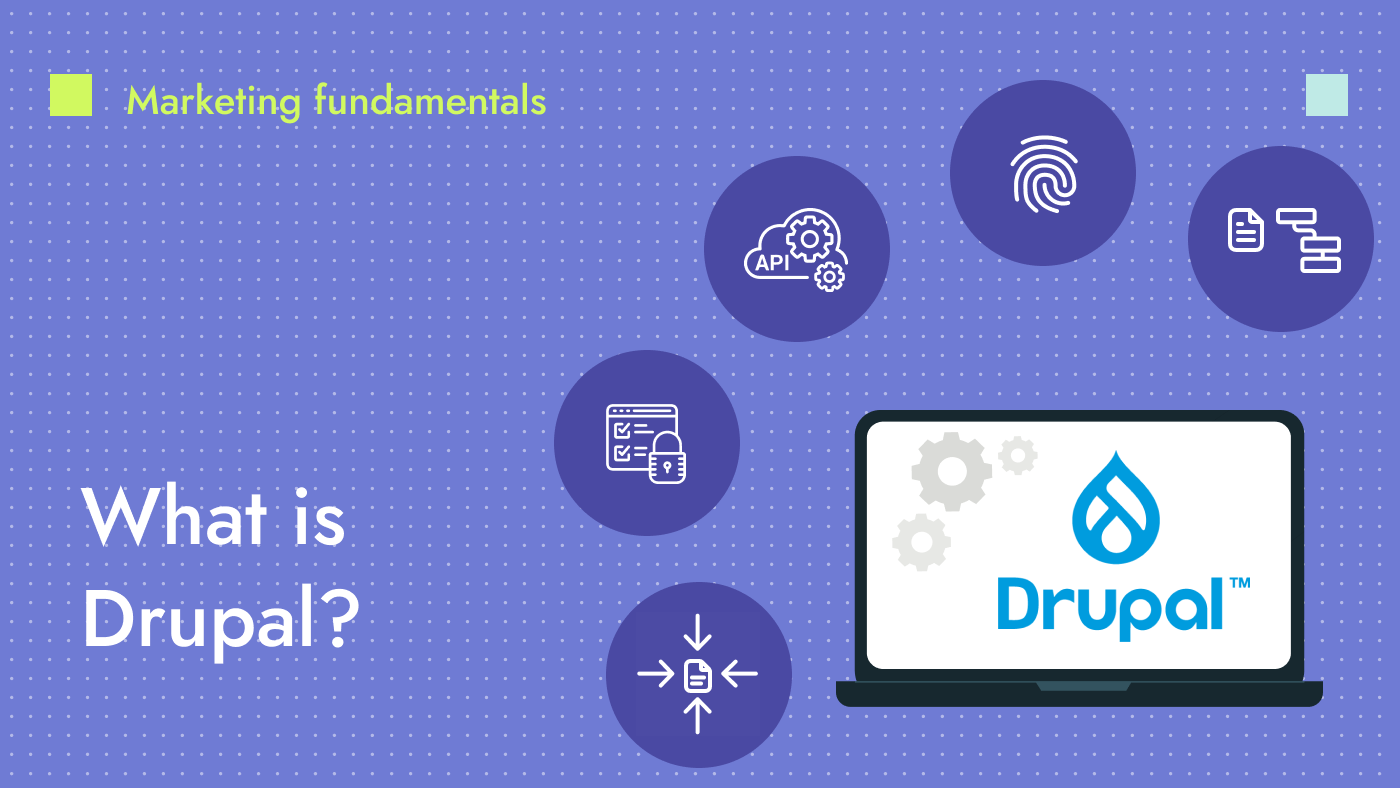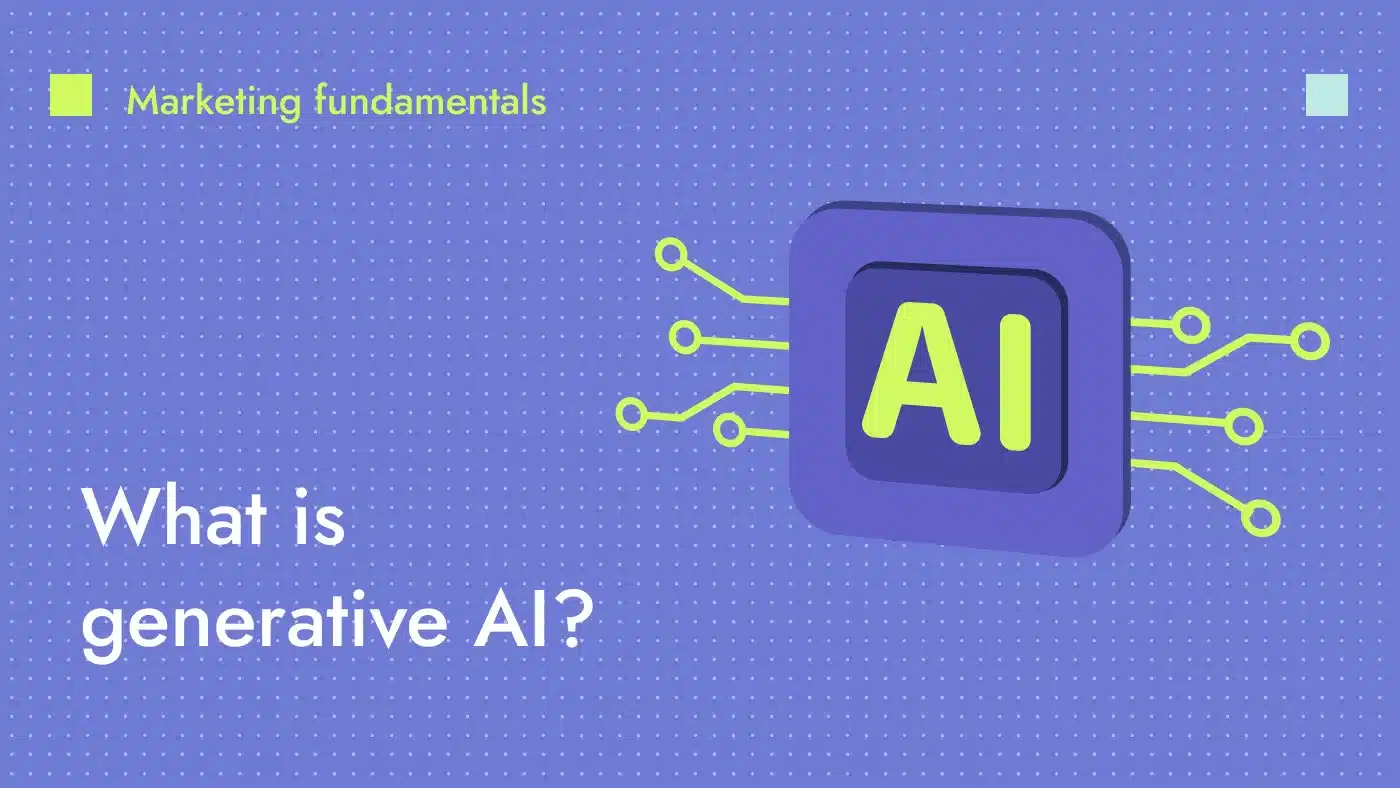A headless CMS is a content management system that provides a backend-only content repository, decoupled from the presentation layer. Unlike a traditional CMS platform, which tightly integrates the content creation workflow and delivery processes, a headless CMS enables omnichannel content delivery — from websites and mobile apps to IoT devices (e.g., smartwatches and voice speakers). As a result, it’s a more flexible and scalable solution, ideal for complex projects with unique requirements.
Here are the two main components of a headless CMS architecture:
- The content repository stores and organizes structured content.
- The API serves as the bridge between the backend and various front-end interfaces.
Headless CMS vs traditional CMS: Quick overview
Let’s break down the key differences between headless and traditional CMS technology.
| Feature or capability | Traditional CMS | Headless CMS |
|---|---|---|
| Presentation layer | Monolithic structure with integrated front-end and back-end. | Decoupled CMS architecture, allowing for separate front-end development. |
| Content delivery | Content is tightly bound to the presentation layer, limiting delivery options. | Content is delivered via APIs, enabling distribution across multiple channels and devices. |
| Flexibility and customization | Limited flexibility in choosing technologies for front-end development. Customization may be restricted to the capabilities of the integrated system (such as specific plugins). | High flexibility, enabling easier integration with third-party tools and various front-end technologies. Highly customizable, allowing developers to tailor both the back-end and front-end to specific needs. |
| Ease of use | Typically user-friendly for content creators due to integrated interfaces. | May have a steeper learning curve for editors due to the separation of content and presentation. |
| Use cases | Well-suited for projects with relatively static content and a consistent presentation, such as blogs. | Ideal for dynamic, multi-channel projects requiring flexibility and scalability, such as e-commerce platforms. |
| Platforms | WordPress, Webflow, Drupal | Sanity, Contentful, Storyblok |
Keep in mind that traditional CMS architectures are more popular due to their user-friendly interface and all-in-one approach, simplifying content management for non-technical users. In fact, about half of organizations use monolithic CMS architecture, per The State of CMS 2023 report.
There is, however, an increased interest in headless CMS software – with its market size expected to grow at a CAGR of 22.1% from 2022 to 2032.
Benefits of a headless CMS system
Here are the top drivers for a headless CMS implementation:
1. Flexibility in front-end development and consistent content delivery
With the presentation layer detached from the content repository, developers have the freedom to choose the most suitable technologies for creating user interfaces. Businesses are able to adapt quickly to new digital channels and devices without restructuring their entire content management system.
This flexibility also enables consistent content delivery across multiple digital touch points. In fact, 92% of respondents of a WPEngine report attest that headless technologies make it easier to deliver a consistent content experience.
2. Improved performance and security
Headless CMS often results in improved performance, because the content can be delivered more efficiently through APIs. Without the constraints of a monolithic system, developers optimize the performance of each front-end application independently, leading to faster loading times and a smoother customer experience.
Plus, secure APIs employed for content delivery often adhere to industry-standard protocols, ensuring encrypted and authenticated data transfer. This fortified communication layer adds an extra level of protection against data breaches or unauthorized access. The result is a reduced attack surface, given that the exposure of the backend to potential threats is minimized.
3. Seamless integration with third-party tools
Since the backend is solely responsible for content management, integrating with other tools and services (e-commerce platforms, analytics tools and marketing automation systems) becomes more straightforward. Integrations enhance functionality — e.g., allowing for dynamic product updates, personalized recommendations and streamlined transaction processes.
Disadvantages of headless CMS
While a headless content management system provides businesses with unparalleled flexibility and scalability, it also poses challenges:
- Content editors may face a steeper learning curve as they need to adapt to managing content independently of its presentation. You’ll have to train them on working with APIs and potentially using different interfaces for content management.
- Setting up a headless CMS requires more technical expertise compared to traditional CMS solutions. Hiring or training developers proficient in working with headless architectures might increase the costs of the project.
⚠️ Pro tip: Take into account the specific needs of your business before deciding to adopt a headless CMS architecture. For smaller projects with straightforward content requirements or limited technical expertise, a headless CMS might introduce unnecessary complexity. Small business websites or corporate blogs might not benefit as much from the flexibility a headless CMS software offers.
Main scenarios for using a headless content management system
A headless CMS is more suitable for complex projects and organizations with technical knowledge. Typical scenarios:
- Businesses involved in e-commerce often have complex content needs, including product information, reviews and dynamic pricing. A headless CMS enables seamless integration with e-commerce platforms while providing the flexibility to deliver content across multiple touchpoints.
- Applications that heavily rely on dynamic and frequently updated content, such as news apps, social media platforms or content aggregator apps, leverage a headless CMS for flexible and efficient content management and delivery.
- Large enterprises and media companies that publish content across various channels (e.g., websites, mobile apps, smartwatches) use a headless CMS to streamline content distribution and enhance the user experience.
- Organizations building custom applications with unique front-end requirements benefit from the modular and customizable nature of a headless CMS. As a result, you can tailor the content delivery to specific project needs.
🚀 Relaunching your B2B site? Here’s our website migration guide.
Headless CMS software for B2B organizations
Popular choices of headless technologies include:
Contentful
Known for its user-friendly interface, powerful API, and extensibility, Contentful allows developers to create and manage content easily while providing flexibility for front-end development.
Sanity
As a fully customizable, real-time collaborative environment for content creation, Sanity allows developers to define the content structure using a flexible schema.
Storyblok
Known for its component-based approach and intuitive features, Storyblok allows users to preview and edit content in real time, for an efficient creation process.
Unsure about which CMS to pick?
Whether you’re considering a traditional CMS with an integrated front-end presentation layer or exploring the flexibility of a headless CMS architecture, you can count on us to help you make an informed decision.
With our in-depth knowledge of content management systems, we guide you through the selection process and ensure that your chosen solution aligns perfectly with your unique requirements and business growth goals. And if you need assistance with web development and support, our team has a proven record of helping B2B SaaS companies build, secure and optimize their websites — all with SEO in mind.










